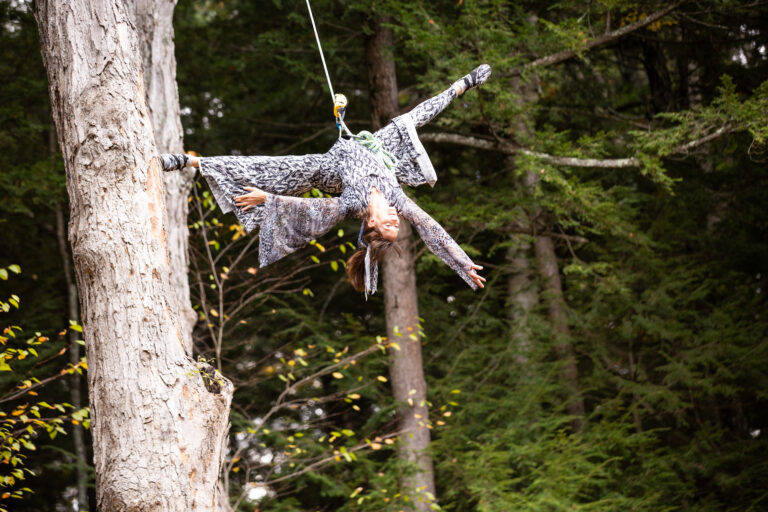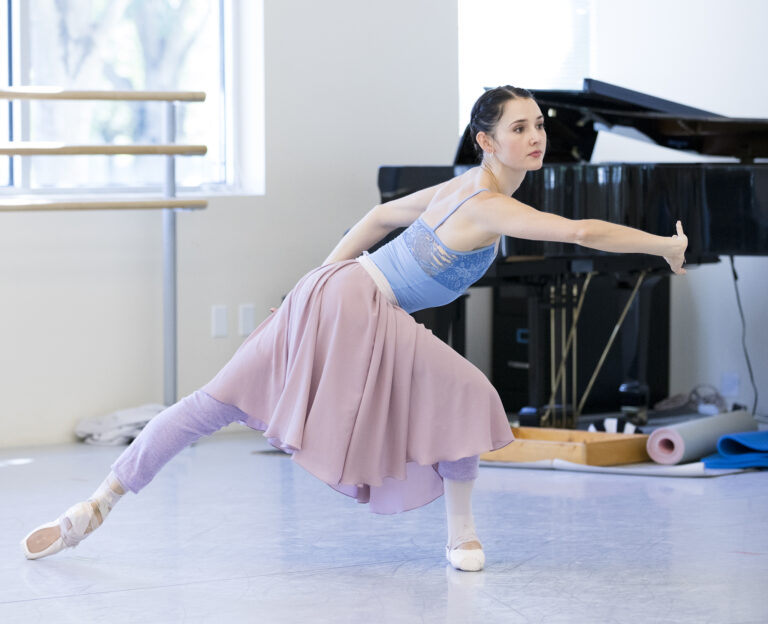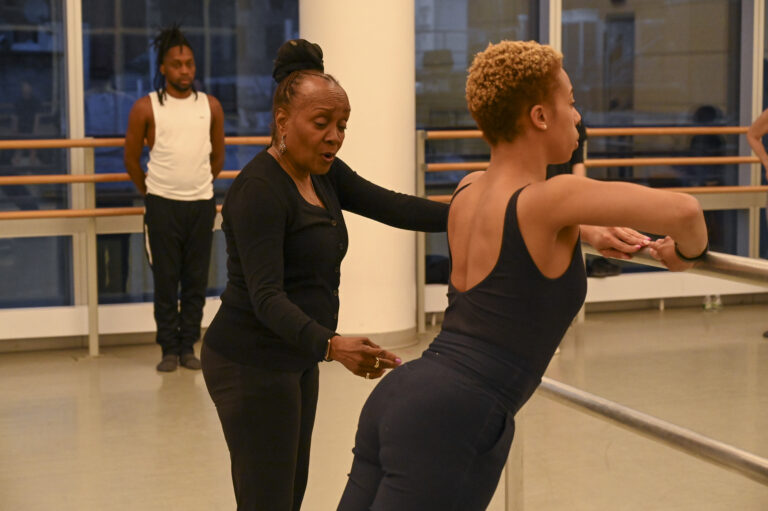
With the Olympic debut of breaking this summer, your dance students are sure to have been inspired by the gravity-defying spins, stalls, and air moves they’ve seen on screen.
While it’s great for dancers to find motivation in the Olympians, it’s also important to make sure that they approach similar stunts with care and consideration—and after developing the appropriate technique. So whether you’re teaching breaking or another style of dance that utilizes suspension, be sure to keep both the physical and mental safety of your students in mind.

Strength and Coordination
When teaching movements involving suspension, it’s important to first make sure dancers have developed the appropriate strength. Ivan “Flipz” Velez, a veteran breaker and a member of the judging panel for the Olympic Trials, recommends adjusting standard strength exercises, like push-ups and sit-ups, to more directly prepare your dancers for the new skills they’ll be learning. For example, a simple sit-up can be easily tailored to prepare young dancers for a fundamental breaking footwork move called a CC, Velez says. A CC involves holding the body slightly above the floor with one arm and leg at a time, while simultaneously rotating side to side.
“If you can take a push-up, sit-up, jumping jack, or burpee and you extend it to their moves, then you can really see if they’re paying attention to the technique of what that exercise is becoming,” he explains.
Christopher Rudd, a former Cirque du Soleil performer and the founding artistic director of RudduR Dance, a company that blends ballet, modern, and contemporary circus arts, adds that, oftentimes, a good understanding of coordination and mechanics is just as important as strength. Take time to explore this concept with your students. Talk about how the body holds weight differently in suspension than it does standing on both feet.
“One of the things I learned quite early on was how gravity changes the physics of movement,” Rudd says, adding: “It’s something that really takes the brain a bit of time to understand, like ‘Oh, I’m used to gravity pulling this way, but when it pulls this way, what does that do to the math and physics of the movement?’ ”
Slow and Steady Progress
Zack “Cracker Zack” Slusser, a veteran breaker and the vice president of Breaking at USA Dance and Breaking for Gold USA, advises taking a step-by-step approach to teaching suspended movements. This conservative, tiered method is key for preventing injuries.

“Extensive injuries are not very common in breaking, actually, because you can’t just go out and think you’re going to throw an air flare on the first time,” he explains. “There are progressions to run through.”
When incorporating more advanced, suspended moves into your class, first consider how you can introduce the movement or feeling of the step in a way that is more tempered and approachable to your students. For example, if a student’s ultimate goal is to learn an aerial, start first with perfecting their cartwheels. Tools like slow motion and in-depth conversations about the task at hand can also really help.
Keep in mind that the process of identifying an effective progression can be highly individual and will likely differ from student to student, Rudd says. For example, one dancer might be very eager to proceed with an advanced step without taking ample time to consider safety and mechanics, while another might be ready technically, but may be held back by fear. “It really is based on that individual, and really paying attention to their body language,” he explains.
Physical and Mental Safety
Approaching suspended moves can be a challenge for dancers, both physically and mentally. Because of this, it’s important to make sure you are cultivating a safe environment in your studio.
One way to do this is to make sure you have the right equipment available. Especially when dancers are just starting out, it’s important to practice on a padded floor, or use portable mats, Velez says. Additionally, encourage dancers to come to class with a variety of layers, which can help avoid friction burns from the floor. Rudd also adds that utilizing spotters can be helpful too.

While physical safety is paramount, Rudd also emphasizes the importance of emotional safety, which can apply to things like consent and mental readiness to approach new dance steps. RudduR Dance works with an intimacy director to help with this process, but, through creating the space for your students to set boundaries and emphasizing a culture of support in the studio, you can also take on functions of this role.
“What we try to do is strengthen our resolve to say no if something is scary. We practice the art of saying ‘no,’ ‘not yet,’ or ‘hang on,’ ” Rudd says of his own company, adding: “We tap into the idea that we’re all focusing on this together and we’re working through it together.”
Watch Velez’s full-length breaking tutorial below for more tips.





